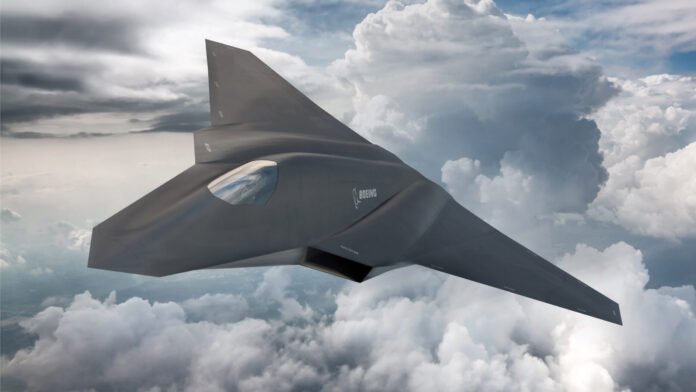Washington: The US Air Force’s next-gen engine prototype effort is facing a two-year delay and will not complete before fiscal 2030, the service confirmed.
Under the Next Generation Adaptive Propulsion (NGAP) programme, engine makers GE Aerospace and RTX subsidiary Pratt & Whitney are currently fabricating duelling engine designs, work that FY25 budget documents show was expected to wrap up in the fourth quarter of FY27. However, in FY26 documents released by the Trump administration in June, that timeline has shifted by over two years to the second quarter of FY30.
Asked about the delay, an Air Force spokesperson said, “The updated schedule in the budget documents reflects supply chain challenges encountered by the programme.”
In a statement, a spokesperson for GE Aerospace said that the company “is executing the NGAP contract schedule as proposed.” GE has also expressed confidence that the programme could be accelerated.
A spokesperson for Pratt similarly said, “While the US Air Force is best positioned to discuss the overall schedule, we can confirm that Pratt & Whitney is successfully executing the NGAP programme, fulfilling our commitments in alignment with their plan. Pratt & Whitney is closely collaborating with our supply chain to enhance delivery by implementing advanced digital design models that will streamline manufacturing and inspection processes.”
Following a new round of NGAP contracts issued by the Air Force that raised the total award ceiling for each vendor to $3.5 billion, both GE and Pratt announced in February that they completed a detailed design review and could begin fabricating their engine prototypes. The Air Force is expected to eventually down select one NGAP contender to carry forward.
The “adaptive” engine technologies underpinning the NGAP programme could herald a leap in military propulsion, Air Force officials have said, because they can change the characteristics of a jet engine in flight to enable features like more fuel efficient cruising or increased thrust. The NGAP programme draws from work previously conducted under the Air Force’s Adaptive Engine Transition Program, which constructed a new, prototype engine for the F-35 but was ultimately passed over due to budgetary constraints and other logistical concerns.





